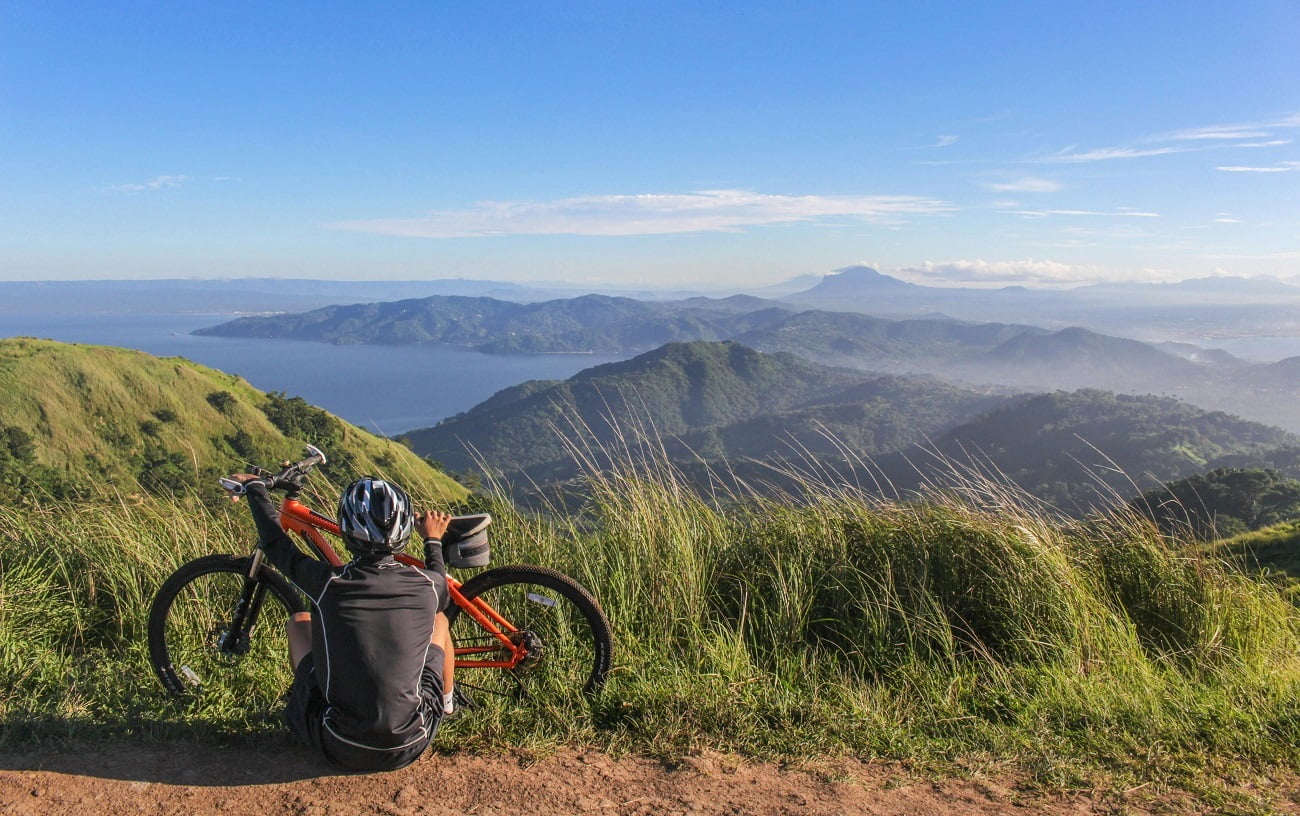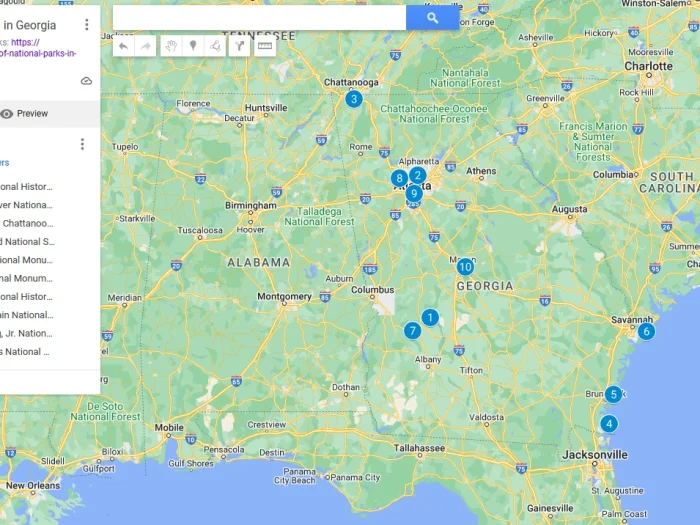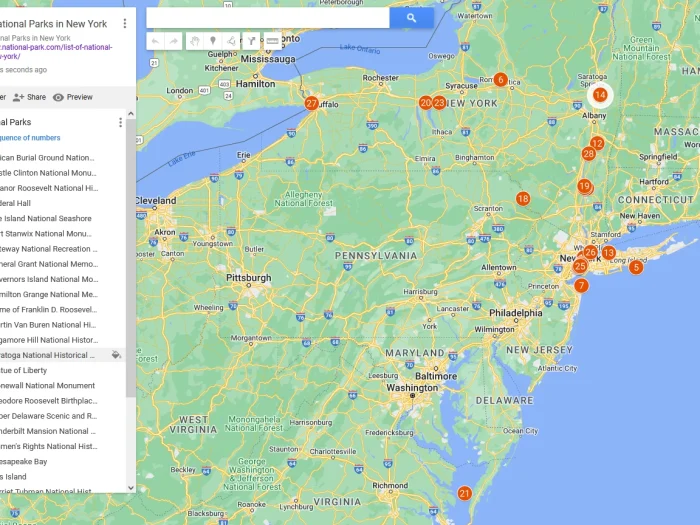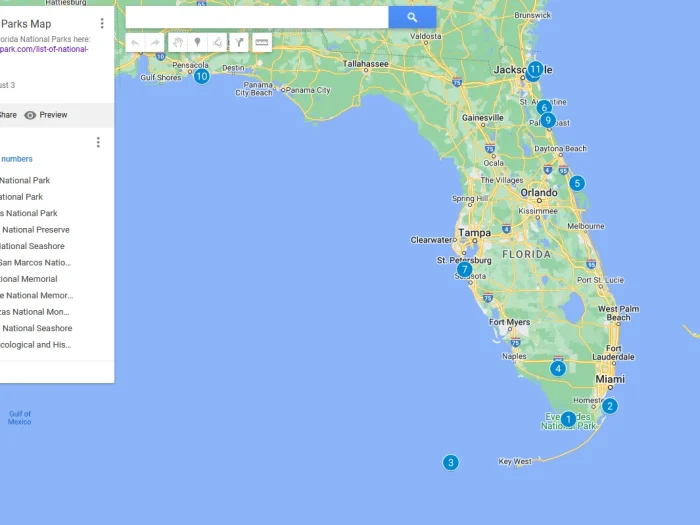What Cyclists Need to Know to Stay Safe on the Road When Traveling in National Parks?
Cycling is an exhilarating and eco-friendly mode of transportation that offers numerous health benefits. However, sharing the road with motor vehicles can pose significant risks for cyclists. To ensure a safe and enjoyable riding experience when traveling in national parks, it is essential for cyclists to be aware of key safety practices. This guide will provide valuable information on how to stay vigilant, properly equip yourself, and navigate the roads safely. Whether you are a seasoned cyclist or just starting out, these safety tips will help you ride with confidence.

Wear the Right Gear
Equipping yourself with the appropriate gear is the first step in ensuring your safety on the road. A certified helmet is crucial, as it can significantly reduce the risk of head injuries in case of an accident. Make sure the helmet fits snugly and is securely fastened.
In addition to a helmet, wear bright and reflective clothing. This increases your visibility to motorists, especially in low-light conditions. Consider wearing gloves for better grip and padded shorts for comfort on long rides. It’s also a good idea to use lights and reflective gear on your bike to enhance visibility. Consult with a cyclist attorney to learn more about your rights and responsibilities as a cyclist. It’s also important to regularly check your bike for any necessary repairs or replacements, such as brake pads and tires.
Master Basic Cycling Skills
Before hitting the road, it’s important to master essential cycling skills. Ensure you can comfortably control your bike, including making quick stops and swerves. Practicing in a safe environment, like an empty parking lot, can help you build confidence.
Maintaining a steady balance and mastering hand signals are crucial for communicating with other road users. Hand signals indicate your intentions, such as turning or stopping, making it easier for motorists to predict your actions. Regular practice of these skills can make navigating busy roads less daunting.
Understand and Follow Traffic Rules
Cyclists have the same rights and responsibilities as motorists, which means adhering to traffic rules is vital. Always ride in the same direction as traffic and follow all road signs and signals. This helps create a predictable flow of movement, reducing the likelihood of accidents.
Familiarize yourself with local cycling laws, as they can vary. For instance, some regions require cyclists to use bike lanes when available, while others allow riding on sidewalks. Abiding by these rules not only ensures your safety but also fosters a harmonious relationship with other road users.
Be Aware of Your Surroundings
Staying vigilant is key to avoiding potential hazards. Continuously scan your environment for obstacles, such as potholes, debris, and parked cars. Being aware of your surroundings allows you to react swiftly to unexpected situations.
Using mirrors or regularly glancing over your shoulder helps you stay informed about the traffic behind you. Avoid using headphones while cycling, as they can distract you from auditory cues like honking horns or approaching vehicles. Prioritizing awareness can significantly enhance your road safety. It’s also important to stay focused and maintain a safe distance from other vehicles.
Ride Defensively
Adopting a defensive riding approach can minimize risks. Maintain a safe distance from motor vehicles and avoid riding in blind spots. Always assume that drivers may not see you, especially at intersections and turns.
Signal your intentions clearly and make eye contact with drivers when possible. This communication ensures that motorists are aware of your presence and planned actions. Riding defensively involves anticipating potential hazards and taking proactive measures to avoid them, contributing to a safer journey.
Establish a Regular Maintenance Routine
Regular maintenance of your bicycle is essential to ensure safety and performance on the road. Start by routinely inspecting the tires for any signs of wear or damage, as well as checking for proper inflation. Under-inflated tires can make riding more difficult and increase the risk of punctures, while over-inflated tires may lead to a harsher ride. Additionally, ensure that the brakes are functioning correctly; this includes both the brake pads and brake cables. Any worn-out components should be replaced immediately to avoid malfunctions during rides.
Keeping your chain and gears clean and properly lubricated is another crucial aspect of bike maintenance. Dirt and rust can cause these parts to wear out more quickly and impact your bike’s efficiency. Regularly clean the drivetrain and apply bicycle-specific lubricants to keep everything running smoothly. Don’t forget to check the tightness of bolts and screws, as vibrations from riding can loosen them over time. Establishing a consistent maintenance routine not only prolongs the life of your bike but also contributes greatly to a safer and more enjoyable cycling experience.
Being a safe and responsible cyclist requires a combination of proper gear, essential skills, adherence to traffic rules, awareness of your surroundings, defensive riding techniques, and regular maintenance. By following these guidelines, you can confidently hit the road with peace of mind knowing that you are taking the necessary precautions to stay safe while cycling.






